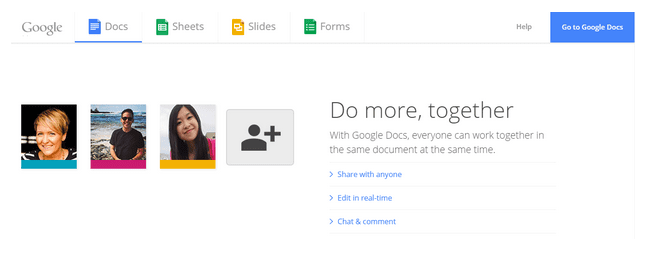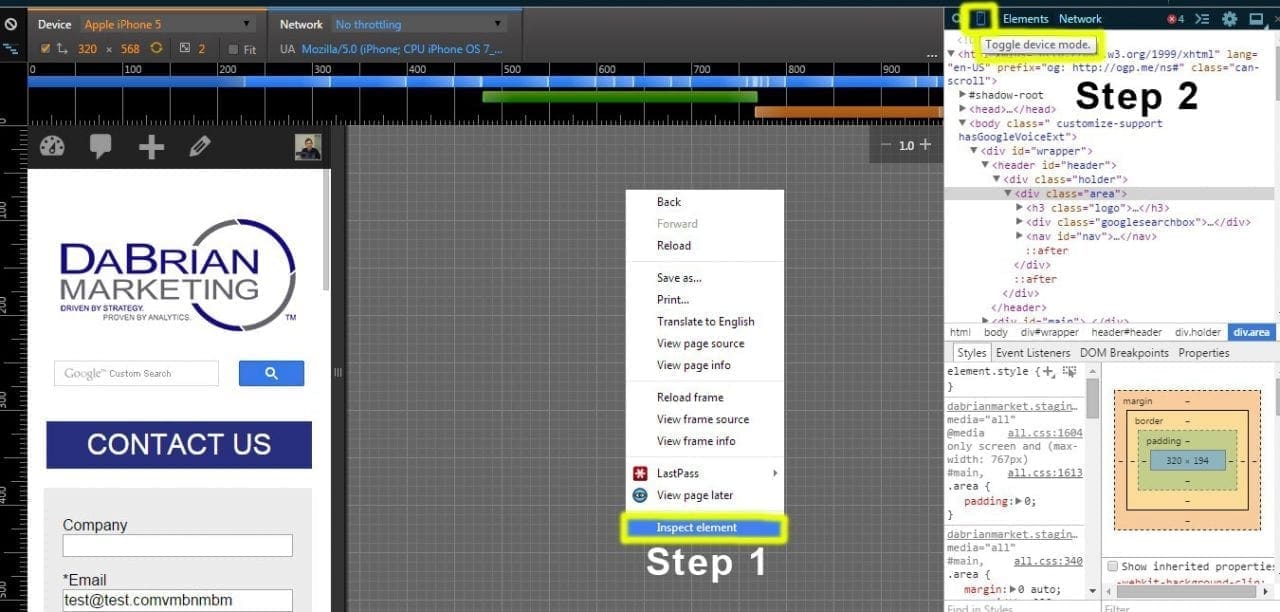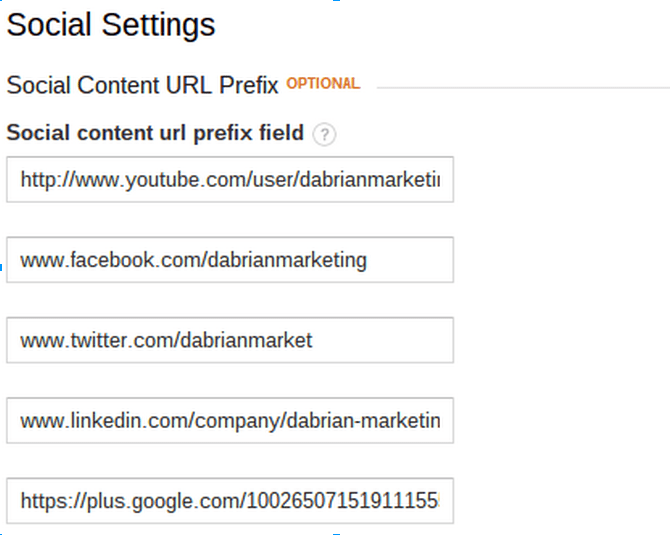When creating a testimonial video there are some best practices that you should know and follow. These practices will help in structuring your videos correctly, gaining your target audience’s undivided attention, and providing a level of consistency throughout your projects. The ultimate goal of these best practices is to keep your testimonial videos simple, yet effective.
Knowing Your Audience
Having a target audience in mind before creating a testimonial video is very important. Is the video trying to sell a product or service, a testimonial for a company, or is the video just for entertainment? Knowing what audience that is being targeted will help the video stay focused. If the video loses focus of the target audience it will be off point.
Know the Right Length?
The appropriate length of the video will depend on the type of project. There are many different lengths that are suggested, but most lengths are a generalization(see allpromedia.com). If the video is an advertisement, 15 to 30 seconds is the most effective length. If the video is a testimonial, 5 to 7 minutes is ideal. Most videos that are for any other project should be 2 to 4 minutes. Achieving the correct length of time will help the video be the most effective it can be to the audience.
Use Transitions in Moderation
Transitions are a great way to make hard cuts softer in the video. When using a transition, make sure to use one that is appropriate for the video that is being worked on. It is recommended that using the same transition will keep the video flowing steadily and will not be distracting. Do not use too many transitions, as too many will be distracting and ruin the flow of the video.

Separate Video and Audio for the Best Quality
When recording a video be sure that there is a separate audio recording device. If you do not have a proper recording device the quality of the audio that comes from the video recorder will not be the best quality. Having a microphone that is closer to the speaker will produce clear and audible sounds for the listener.
Eliminating Background Noise
Recording audio separately from the video will help cut down on background noises and other ambient sounds. Background noises that should be removed are other voices, sounds from outside sources, and the buzz from the microphone. All of these sounds will be distracting and could be overpowering to the listener.





